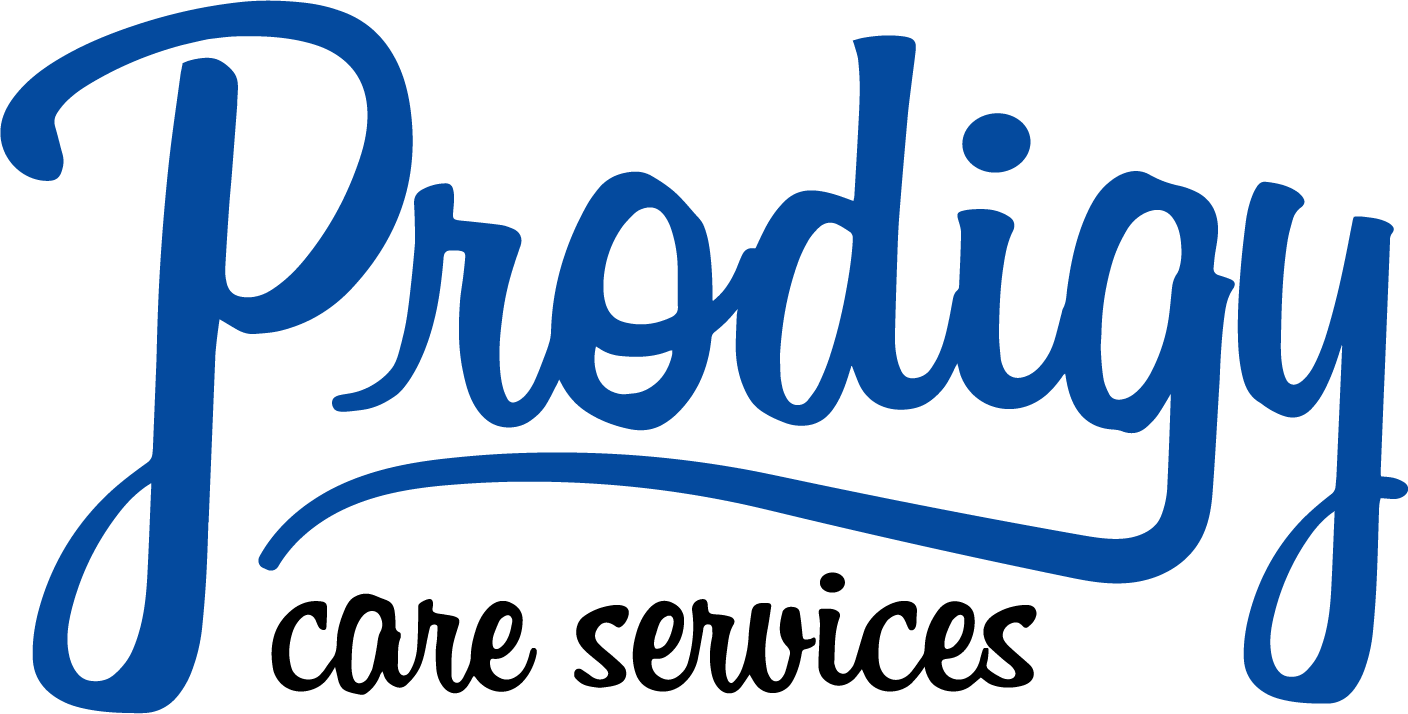Naloxone OTC is Not a Panacea
In March 2023, the U.S. Food and Drug Administration (FDA) approved naloxone 4 milligrams, also known as Narcan, for over-the-counter use. [1] This means that patients would no longer need a prescription to obtain naloxone 4 milligrams, and it will be available to anyone wanting to purchase it. Naloxone has become the first-line treatment for opioid overdose. Through its mechanism of action, Naloxone immediately reverses the effects of opioids during an overdose. This is yet another pivotal moment in curbing the opioid epidemic which reportedly killed more than 100,000 people from overdose in 2022.
The use of naloxone is advantageous in that it can be re-administered as needed if the patient possibly goes back into an overdose state after the first administration. [2] It can also be re-administered if the first dose does not get the patient out of an overdose state. This allows rescuers and healthcare responders to give the patient as many doses as they may need with no adverse effect from the medication. Despite its critical value in overdose situations, it is important to note, however, that naloxone is not useful in treating opioid use disorder or opioid withdrawals. [3]
From a managed care perspective, the goal is to enhance population health outcomes while optimizing the use of health care resources. The cost of a single naloxone rescue kit ranges from $22-$60, while the cost of treating a patient who was admitted to the hospital for overdose costs about $11,731. [4, 5] As a result, population health professionals have been calling for broader use and reimbursement for naloxone over the years based on its clinical efficacy and cost-benefit profile. Naloxone over-the-counter increases accessibility and has potential to reduce hospitalizations due to overdose.
Should worker’s compensation payers provide coverage for naloxone? Currently, naloxone is recommended to be dispensed with opioid prescriptions that exceed 50 morphine milligram equivalents. [6] Based on clinical guidelines, it would be reasonable for payers to consider coverage for naloxone in patients who are being treated for moderate to severe pain with opioids, including OTC naloxone.
While naloxone over-the-counter is another step in the right direction, we still have a long road ahead of us to ending the opioid epidemic. Access to illicit drugs, sometimes laced with drugs like fentanyl, heroin, cocaine, and methamphetamines continues to fuel the epidemic. Over 150 people die every day from overdoses related to synthetic opioids like fentanyl. [7] It will take many years and a multipronged approach including access to mental health services to address substance use disorder, reducing patient exposure to opioids through judicious prescribing and eliminating access to illicit drug substances. While improving patients’ access to products like naloxone to reverse opioid overdose in critical situations is a great step forward, it is hardly enough. We need to do more.
Contributors
Brielle Magno, PharmD Candidate
Sarah Cirildo, PharmD Candidate
References
FDA approves first over-the-counter naloxone nasal spray. U.S. Food and Drug Administration. https://www.fda.gov/news-events/press-announcements/fda-approves-first-over-counter-naloxone-nasal-spray. Accessed April 26, 2023.
van Dorp E, Yassen A, Dahan A. Naloxone treatment in opioid addiction: the risks and benefits. Expert Opin Drug Saf. 2007;6(2):125-132. doi:10.1517/14740338.6.2.125
NIDA. Naloxone DrugFacts. National Institute on Drug Abuse website. https://nida.nih.gov/publications/drugfacts/naloxone. January 11, 2022 Accessed April 26, 2023.
Opioid overdoses costing U.S. hospitals an estimated $11 billion. Premier. https://premierinc.com/newsroom/press-releases/opioid-overdoses. Accessed April 26, 2023.
What are the typical costs of a law enforcement overdose response program? BJA https://bjatta.bja.ojp.gov/naloxone/what-are-typical-costs-law-enforcement-overdose-response. Published December 17, 2015. Accessed April 26, 2023.
When to offer naloxone to patients - CDC. When to Offer Naloxone to Patients. https://www.cdc.gov/opioids/naloxone/factsheets/pdf/Naloxone_FactSheet_Clinicians.pdf. Accessed April 26, 2023.
Fentanyl facts. Centers for Disease Control and Prevention. https://www.cdc.gov/stopoverdose/fentanyl/index.html. Published February 23, 2022. Accessed April 26, 2023.

